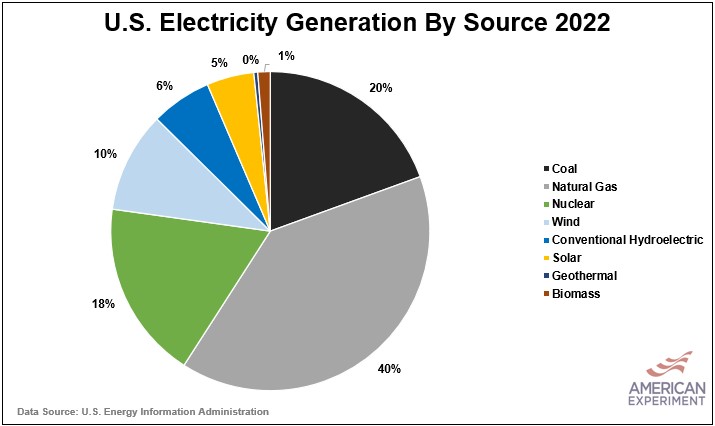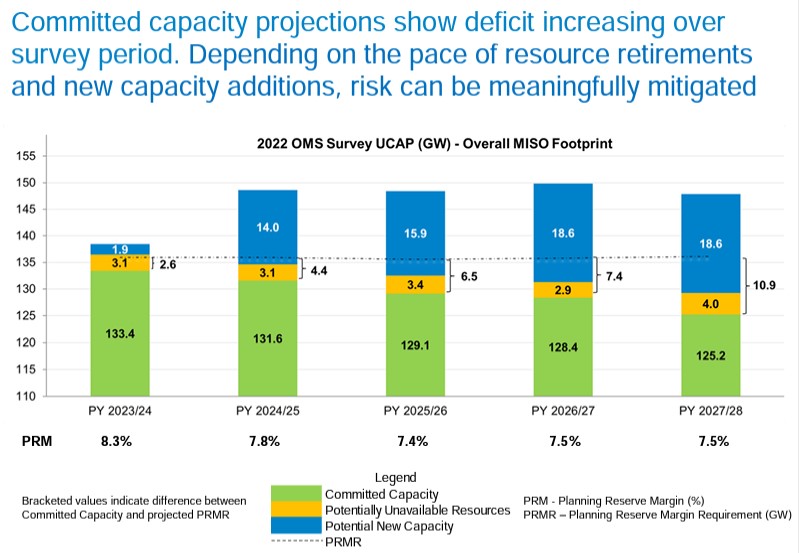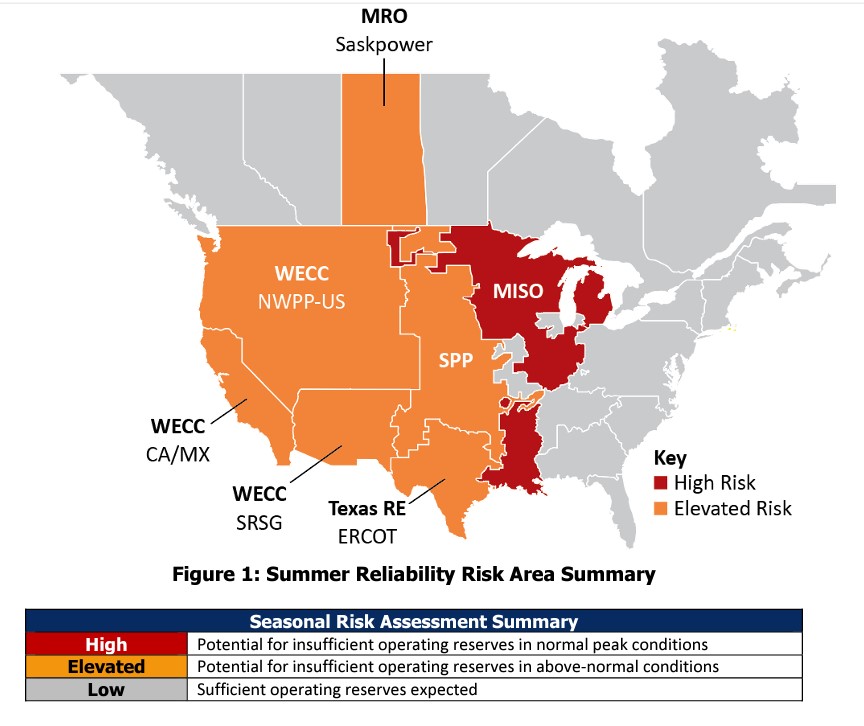Joe Biden blackouts: EPA releases rules designed to shut down coal-fired power plants
One week after the Federal Energy Regulatory Commission (FERC) warned that shutting down the nation’s coal-fired power plants would increase the risk of rolling blackouts in the United States, the Biden administration announced new Environmental Protection Agency (EPA) regulations that would hasten the shutting down of coal-fired power plants in the United States.
The regulations
The Biden administration is proposing regulations requiring most new and existing coal and natural gas power plants to reduce their greenhouse gas emissions by 90 percent between 2035 and 2040 — or shut down.
EPA argues these facilities, which accounted for 60 percent of the electricity used in the United States in 2022, with coal and gas contributing 20 percent and 40 percent, respectively, could meet these regulations by using carbon capture and sequestration technology (CCS) to capture carbon dioxide emissions from power plants, or by having natural gas plants switch to burning hydrogen instead of gas.

Utilities can avoid most requirements by agreeing to shutter their coal units by 2032 or by 2035 if they run them only occasionally. Plants that will retire by 2040 but don’t meet those criteria would co-fire with natural gas, meaning that they would use 40 percent gas to lower their emissions.
The rules also demand that large natural gas plants that run consistently either capture 90 percent of their emissions by 2035 or burn mostly low-carbon hydrogen by 2038. Plants that run at lower capacities would face less stringent standards — or wouldn’t immediately be regulated.
The problem is this: by requiring carbon capture or hydrogen burning, two technologies that haven’t had multiple successful demonstration projects, let alone mature supply chains, the Biden administration is essentially pushing the reliability of the grid out of an airplane and hoping utility companies can manufacture a parachute on the way down.
Rising risks of blackouts
Coal is a significant contributor to the regional electric grid to which Minnesota belongs, the Midcontinent Independent Systems Operator (MISO), and this system is already facing a 1,200-megawatt (MW) capacity shortfall because there are not enough reliable power plants on the grid to meet MISO’s demand, plus a margin of safety.
MISO warns that this capacity shortfall could increase to 10,900 MW, more than enough power plant capacity to power the entire state of Minnesota on an average hour, by 2027 if new power plants are not built to replace retiring coal plants.

It will be exceedingly difficult to build enough new natural gas plants if they are required to capture 90 percent of their emissions with carbon capture and sequestration equipment or use significant quantities of hydrogen. This means MISO, which already faces the most significant threat of blackouts in the nation, will be at higher risk due to these rules.

What is the climate ROI on the regulations?
EPA claims that the regulations could avoid up to 617 million metric tons of total carbon dioxide through 2042, but the agency doesn’t say how much global warming the rules would avert. This information was almost certainly omitted because the rules would only avert 0.016 degrees Celsius by 2100, meaning the temperature impact of the regulations will be far too small to measure with even the most sophisticated scientific equipment.
The dangerous power plant regulations proposed by the Biden administration are reckless, and they will further threaten Americans with the prospects of rolling blackouts by forcing most existing coal plants to retire prematurely for zero measurable benefits to the environment.
Sadly, the new rules will give a whole new meaning to the phrase “Dark Brandon.”